A photographer's epic quest through the former USSR
- Text by Cian Traynor
- Photography by Gianluca Pardelli

Gianluca Pardelli has travelled to over 70 countries across four continents, but one region has beguiled him more than most: the territory once known as the Soviet Union.
“I grew up in a family with strong political ties to the former Eastern Bloc,” says Gianluca, who’s from Tuscany in Italy.
“I developed a strong love for Russian literature, cinema and fine arts but I have always been interested in remote places and far-away cultures.”

A local bus, Republic of Altai.
Between studying Slavic languages in Berlin and photojournalism in London, Gianluca travelled widely as a student, falling in love with the former USSR and its heritage after first visiting there in 2008.
“On one hand, the USSR brought undeniable social and economic developments to the region,” he says.
“On the other, however, local cultures and traditions have been uprooted, leaving locals with a complex identity problem – especially after the fall of communism, which left an ideological vacuum.”

Camel herders, Gobi, Mongolia.

Bus driver, Republic of Altai.

Highway, Tuva.
Gianluca decided to explore that search for identity through a photo project called Tabula Rasa Electrified.
The photographer couchsurfed his way through two trips: one taking in post-Soviet Central Asia (Kyrgyzstan and Kazakhstan), the other working through the Southern Siberian States (Mongolia and the republics of Tuva, Altai, Buryatia and Khakassia).

Dalanzadgad, Mongolia.

Toilet, Republic of Altai
Speaking fluent Russian helped Gianluca get close to people – many of whom regarded him as a novelty – and absorb the nuances of how they saw themselves.
“A lot of these countries try to dig into an almost mythological past of nomadic warriors and conquering kings to forge a renewed national identity,” he says.
“Some of these figures are real – if somewhat remote and definitely controversial, such as Genghis Khan in Mongolia – while others are more characters from folk legends.”

Tuvan wedding, Kyzyl.

Tuvan people.

Bus stop, Sary Tash Kyrgyz-Tajik border.
“Language also plays an important role in re-creating a national identity: Russian is still widespread in the region, but all these countries and republic have their own national language, which they are trying to revive more or less successfully.”
Contrasts could be found everywhere. In southwestern Kazakhstan, Gianluca hit it off with a bus driver who had a surprisingly in-depth knowledge of Italian medieval literature thanks to the Soviet education system – one of the things that people in the region are most nostalgic about.

Nomadic herders, Song-Kol, Kyrgyzstan.

Kids in Arslanbob, Kyrgyzstan.

Bread-market, Shymkent, Kazakhstan.
In the Siberian republics, he connected with a former police officer who had become the leader of a local opposition party in Kyzyl, building his campaign on a curious (but not uncommon) mix of Soviet nostalgia and anti-Putinism.
In Mongolia, the synergy of the Gobi Region – with its blend of nomadic herders and jeep drivers servicing rich tourists – embodied the past and present trying to fit together.
But asked what he learned about himself along the way, the photographer simply shrugs the question off.

Nomadic Herder, Tuva.

Abandoned Soviet Factory, Tuva.
“There is a Chinese saying: if an idiot leaves for a long journey, when he comes back he’ll still be an idiot,” says Gianluca, who is loosely based between Berlin and the Caucasus, where he spends most of his time pursuing “photographic, linguistic and gastronomic discoveries”.
“I think that the influence travel has on one’s own personality is a hackneyed and overrated concept.
“There is a undeniable enrichment – a huge one, even – but one’s own roots still play the most important role. Everything else is ‘just’ branches, flowers and leaves.”
Check out the portfolio of photographer Gianluca Pardelli or follow him on Instagram.
Enjoyed this article? Like Huck on Facebook or follow us on Twitter.
Latest on Huck

Three decades behind the scenes of the music industry
Eddie Otchere’s ‘Spirit Behind the Lens’ is a story of music and culture that crosses and transcends borders.
Written by: Isaac Muk
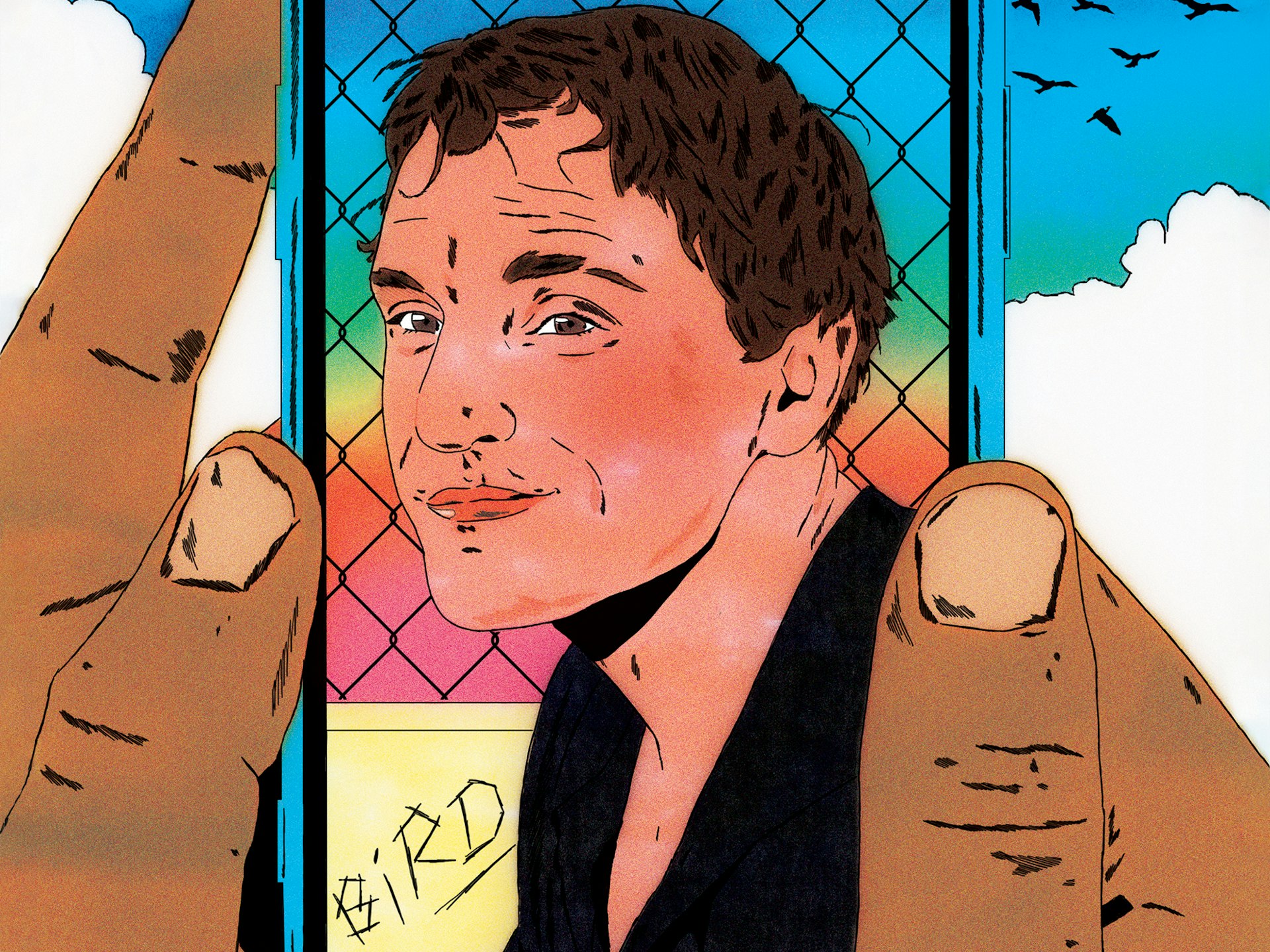
Barry Keoghan, Franz Rogowski and Andrea Arnold on ‘Bird’
The new issue of Little White Lies brings Andrea Arnold’s sixth feature to life with a thematic voyage down the Thames estuary.
Written by: Maisy Hunter
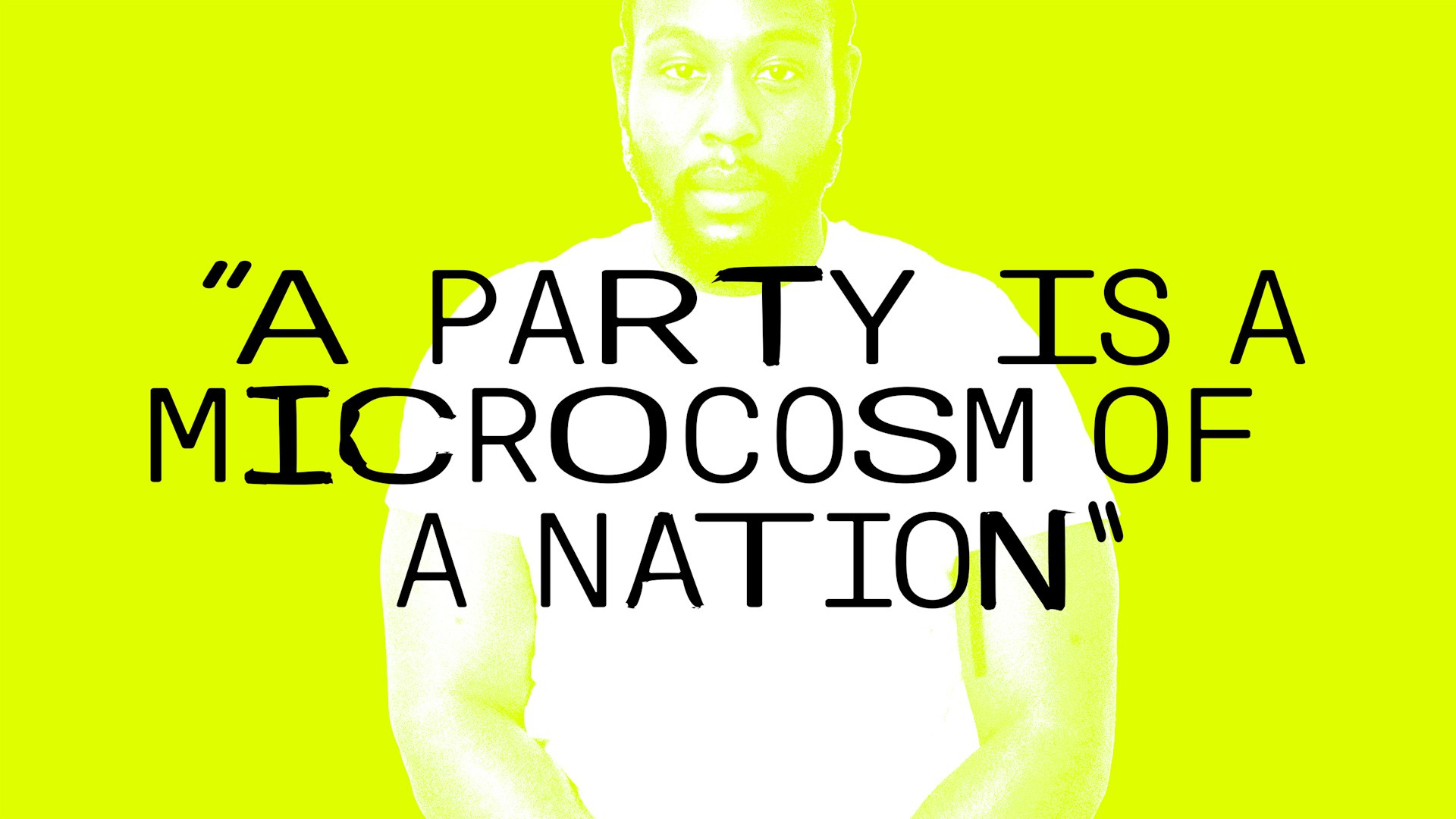
“A party is a microcosm of a nation”: Caleb Femi on the decline of the house party
To celebrate the publication of his new collection ‘The Wickedest’, Isaac Muk caught up with Femi to talk more about the work, the future of the shoobs, and discuss why having it large on a Saturday night should be cherished.
Written by: Isaac Muk
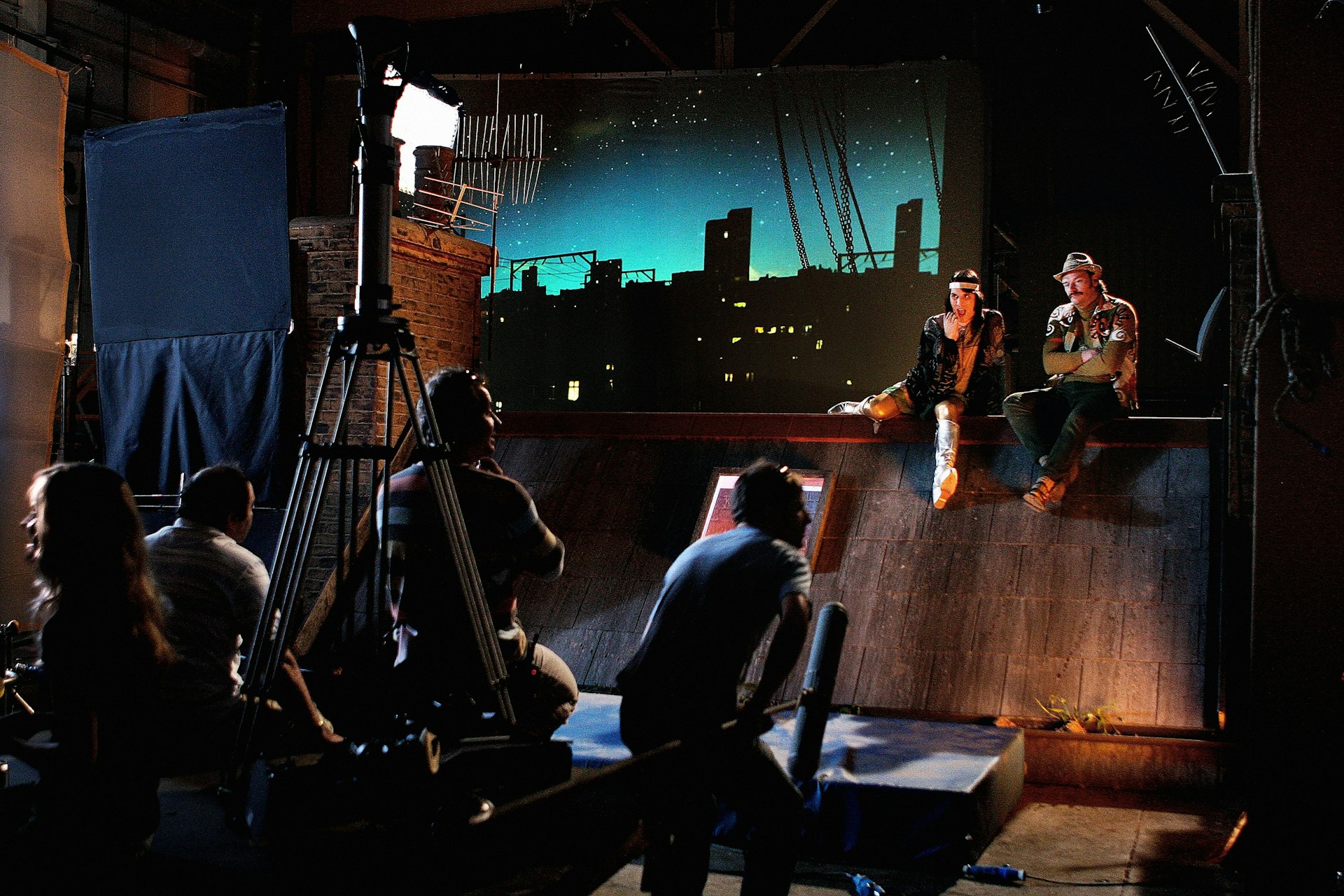
Celebrating 20 years of The Mighty Boosh
A new exhibition takes a look behind the scenes of the iconic show two decades after its BBC3 premiere.
Written by: Isaac Muk
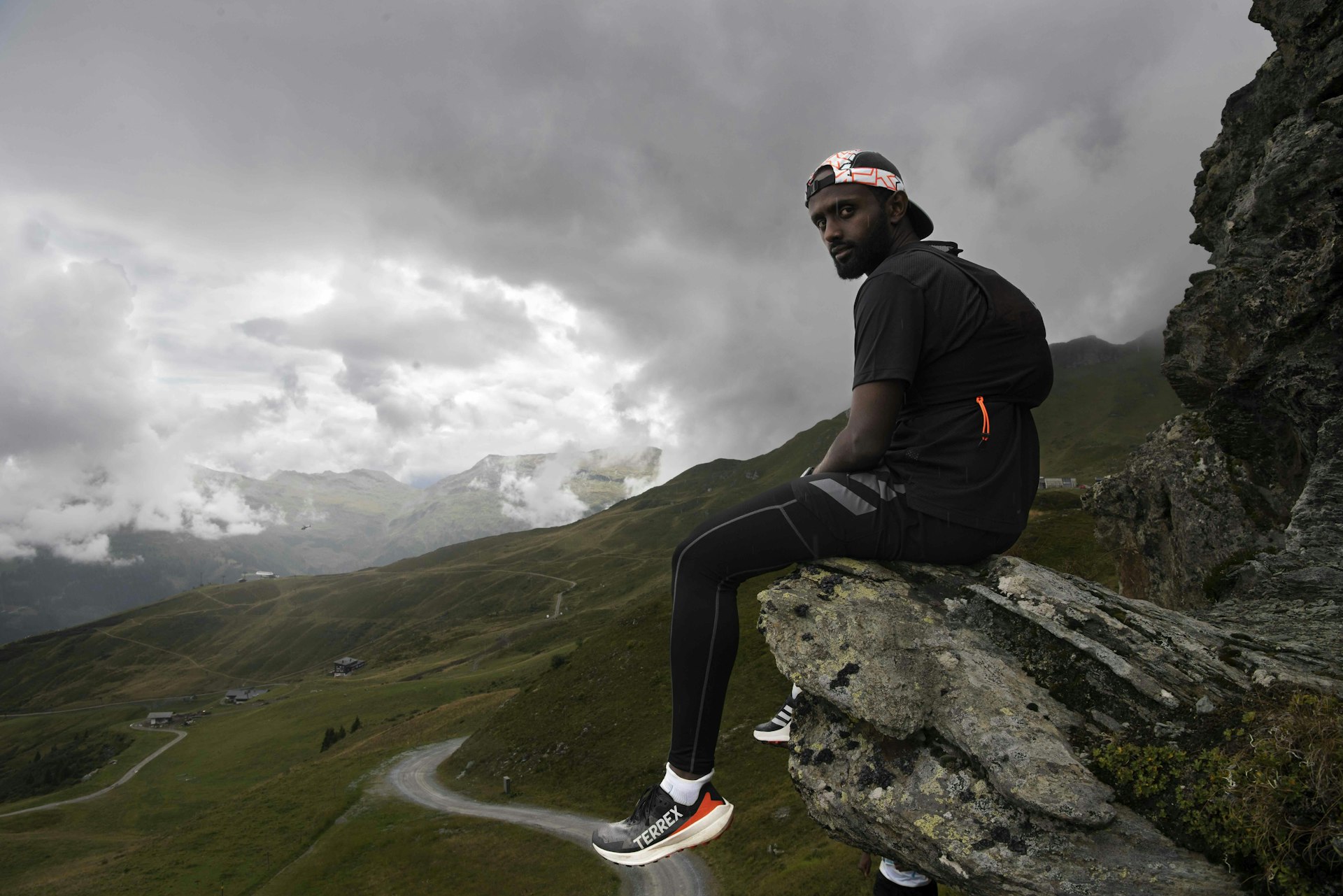
We Run Mountains: Black Trail Runners tackle Infinite Trails
Soaking up the altitude and adrenaline at Europe’s flagship trail running event, high in the Austrian Alps, with three rising British runners of colour.
Written by: Phil Young
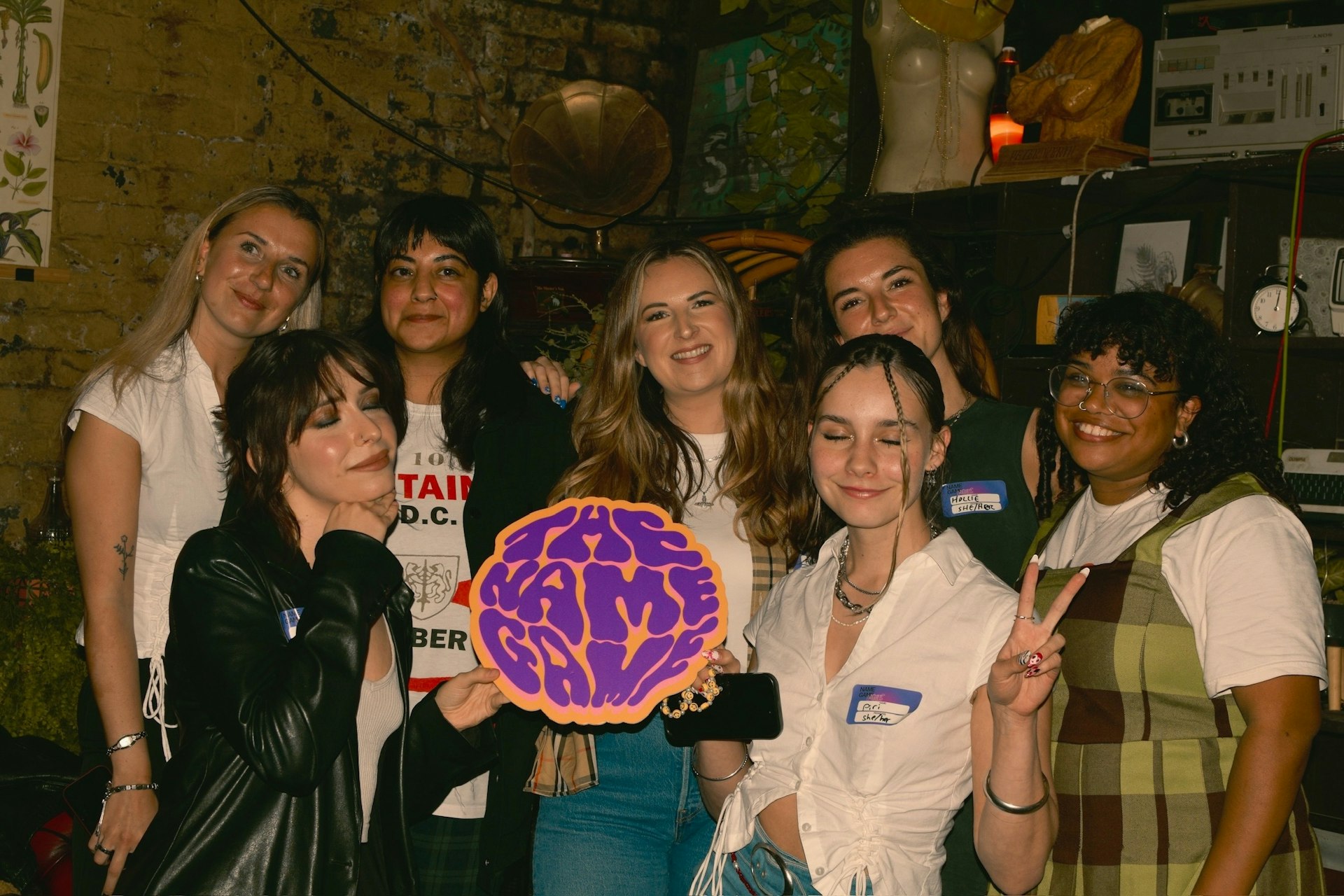
The organisation levelling the playing field in the music industry
Founded in 2022, The Name Game is committed to helping female, non-binary and trans people navigate the industry.
Written by: Djené Kaba